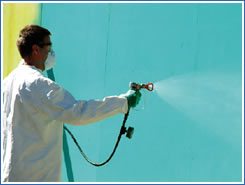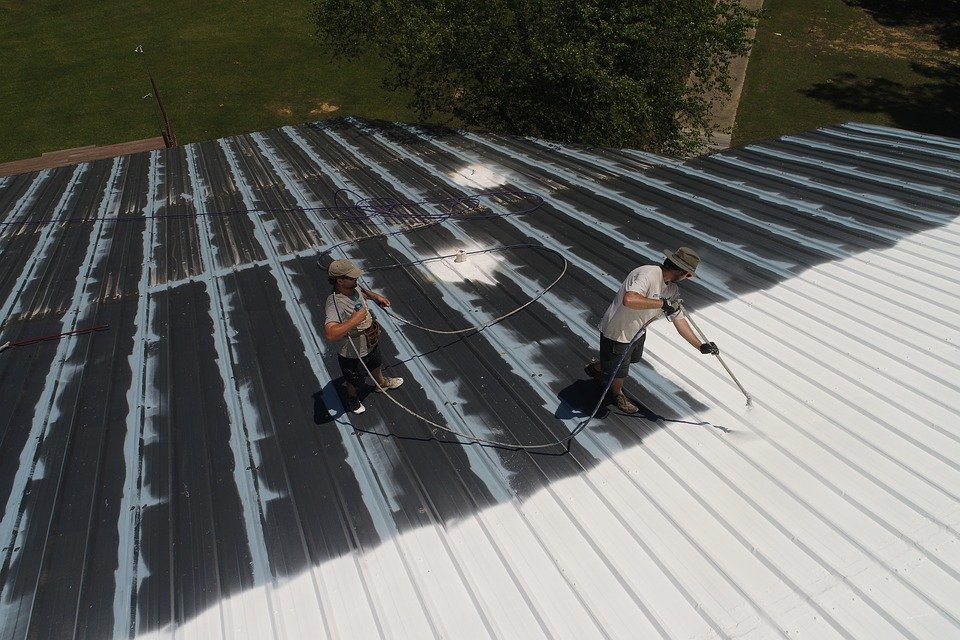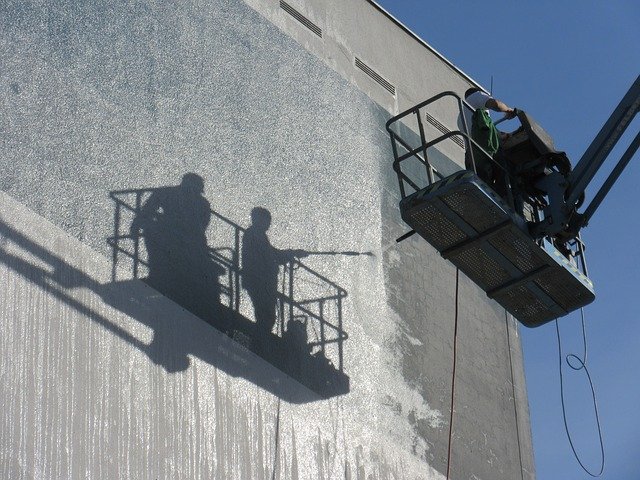Air and Vapor Barriers
Air and vapor barriers provide additional layer of protection for buildings. High winds, rain, ice, snow, and other elements hit a building throughout the year. Roofing shingles and siding are applied to protect the surfaces. However, the shingles and siding alone cannot completely protect a building. Manufacturers do require air vapor barriers for the warranties to be effective. The air and vapor barriers are additional material applied on the substrate to protect from high winds and moisture.
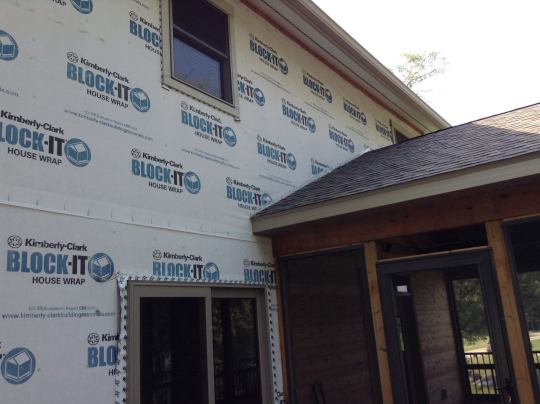
House Wrap Air Vapor Barrier
Synthetic underlayment is applied by nailing on wood surfaces. For concrete walls, two layers of weather resistive barriers are applied as per the local regulations. Traditional tar paper is being replaced by the synthetic underlayment as an alternative. The water or air repels from the surface thereby less damage and leaks in the interior of a building.
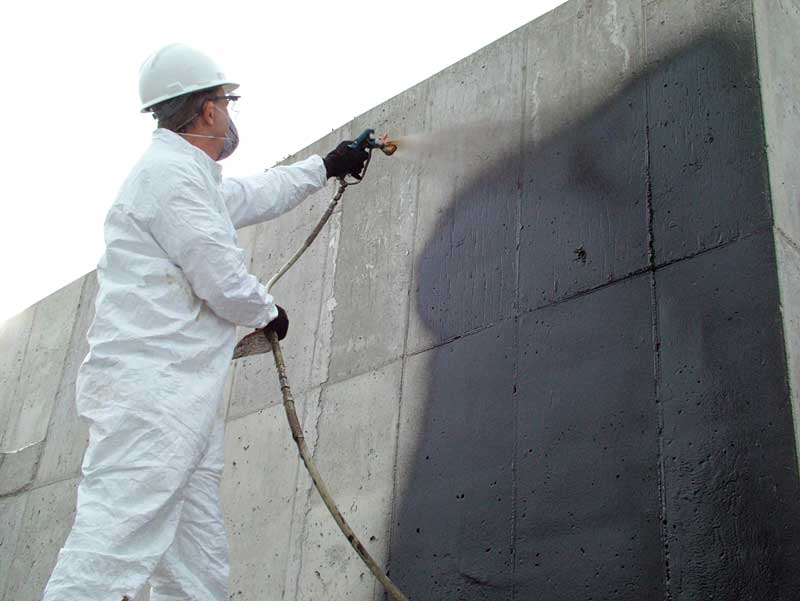
Fluid Applied Air Vapor Barrier
Fluid applied air and vapor barrier is another alternative to synthetic underlayment for horizontal and vertical surfaces. They result in similar performance to the house wraps and can be applied by spraying or rolling. The elastomeric nature of the liquid air/vapor barrier prevents any leaks from the surfaces.
